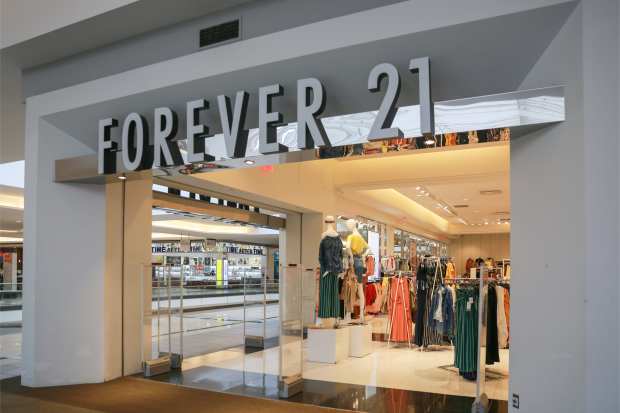Fixing Fast Fashion’s Uncertain Fortunes

When Forever 21 filed for bankruptcy earlier this week, there was much bemoaning but not a lot of actual surprise on offer. The chain’s decline was a long-running phenomenon, as falling sales and decreasing foot traffic began to gin up rumors of it coming bankruptcy several months in advance of the actual event.
The chain was held as one of the pioneers of the so-called fast fashion movement that dominated retail, particularly retail targeted at young female customers, for approximately a decade and a half. Open for business for the last 35 years, at the time it declared bankruptcy, Forever 21 operated 815 stores in 57 countries worldwide — and was buffeted by the retail headwinds that have been scouring the entire segment. In the U.S. many of those hundreds of locations are located in malls, and suffering from the ill effects of falling consumer foot traffic. And in major metros, where the firm tends to have stand-alone stores in trendy areas, the situations has been different, but arguably not much better. More customers are making it through the doors to shop — but high rents tend to take such a massive bite out of the margin that the utility of the brand’s aggressive expansion over the last three decades is clearly questionable.
In the case of Forever 21, it appears the brand is going to attempt to stick around for a second life after bankruptcy, albeit at a much diminished scale. The firm has announced that using bankruptcy protection as a shield, it will now attempt to reorganize with a much smaller footprint. It will close 187 of its 500 store locations — roughly 20 percent — while it will be fully exiting both the European and Asian markets.
The bigger question left in the wake of Forever 21’s rapid fall from grace, and the one that has been recurring in think pieces all week, is whether this most recent filing will be the canary in the retail coal mine for fast fashion as a force in retail for younger consumers.
This is not to say it isn’t still making money — or selling lots of cheap T-shirts and legging sets to consumers. In 2018 alone fast fashion as a segment of the apparel industry brought in over $35 billion. But as is often the case in the fashion world, things are in one day and decidedly out the next, and the emerging consensus is that fast fashion is on the way out.
“Forever 21 bankruptcy signals a change in consumer tastes,” The New York Times declared, arguing that the exploding interest among younger millennials and Gen Z consumers in sustainability has left fast fashion’s buy-it-today-toss-it-tomorrow ethos somewhat out of step with current trends. Consumers aren’t looking for items of clothing they can pick up on the cheap and dispose of without any real guilt over wasting the money, because customers are increasingly concerned over feeling guilty about wasting the planet by such a consumption pattern.
But is that perhaps reading a bit too much into the failure of a single name in fast fashion — even an important one like Forever 21? Consider, for example, that while some have struggled in the game, it is far from the case that universally consumers are turning their back on fast fashion brands. U.K.-based fast fashion retailer Boohoo, for example, recently announced it had logged £1 billion in sales revenue a 12-month period for the first time in its corporate history — following what was described internally as an “outstanding” first half.
“It has been a fantastic first half of the year for the group,” said John Lyttle, the former Primark executive who now runs Boohoo. “We enter the second half of the year well-placed and confident that our platform … will deliver further market share gains.”
And there are other, often less thought-of corners of the fast fashion universe that continue to do well — Old Navy is the strength that is carrying Gap Inc. at this point, and Walmart, Target, Amazon and Costco have all invested big into apparel in the last few years. Their offers may not get the “fast fashion” label nearly as often as their counterparts at H&M and Zara often do — but their pricing and deployment strategy to younger consumers is remarkably similar.
Still, fast fashion as we know it may be changing. Both H&M and Zara have begun to change their product line in the last 18 months or so — including “sustainable” and “durable” items meant to be worn for longer than it might take for a consumer’s mood to change.
Because, as it turns out, the consumer mood when it comes to the heavily-polluting fashion industry is already starting to change. And while Forever 21 was an early victim for reasons far outstripping evolving tastes, it seems that merely being fast won’t be enough for customers when it comes to clothes. They would also, as it turns out, like them clean.
